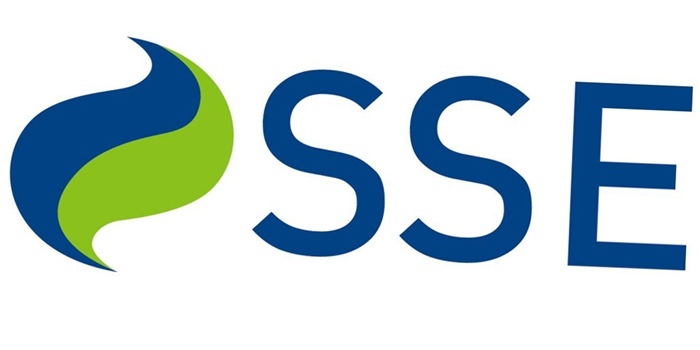Perth-based energy giant SSE has said sorry to customers as it set out plans to radically shake up the UK’s electricity market.
In an open letter, chief executive Ian Marchant acknowledged past errors and said SSE was trying to build its relationship with its customers through ending doorstep selling, freezing prices until next summer and publishing complaints data.
He said: “SSE is independently recognised as the best for customer service among the leading energy suppliers but we have got things wrong too often. I apologise for this.
“At SSE we take our responsibility to our customers very seriously.”
The firm earlier sent shockwaves through the energy sector by announcing plans to sell its electricity on the open market – a move that sets it apart from the other five major utilities providers.
From tomorrow SSE will begin selling a proportion of the power it generates on the UK’s day ahead market and it expects to be trading 100% of its output by the end of the financial year.
Until now the “big six” energy companies, which collectively account for 99% of the market, have largely sold direct to consumers but SSE’s move breaks that mould.
It will lead to a massive expansion of the amount of electricity being openly traded, greater transparency on price and more opportunities for smaller suppliers to enter the market.
Details of the change were contained in a 10-point Building Trust plan published by SSE yesterday, which also outlined measures designed to simplify tariff choices, encourage openness, improve service levels and ensure a fair deal for customers.
SSE generation and supply director Alistair Phillips-Davies said the trading change could transform the UK wholesale electricty market.
“This commitment from SSE will significantly improve the liquidity in the wholesale electricity market and help to address one of the perceived barriers to entry into the electricity supply market,” he said.
“If other energy companies adopt a similar approach, this commitment could lead to a transformation in the wholesale electricity market in Great Britain.
“We believe this commitment represents the most significant change to the GB electricity market since the market arrangements were amended in 2005 to form the current market arrangements known as BETTA.
“Customers have demanded greater transparency around how we operate in the wholesale market. As well as improving liquidity, this approach will also improve the transparency of SSE’s activity in the wholesale market.”
Continued…
The new model will see SSE sell the electricity it generates while simultaneously buying back enough power from the same market to supply customer demand.
At present the day ahead market handles 40GWh of electricity trades a day and a further 200GWh passes through brokered markets. The daily demand of SSE alone is 165GWh.
The new system does not affect SSE’s trading in the futures market where energy companies and financial institutions can enter into longer- term contracts.
Industry regulator Ofgem said it was glad that SSE recognised change was necessary but said it was still scrutinising the fine details of the firm’s plan.
A spokesman said: “Ofgem welcomes SSE’s recognition of the need to reform the way suppliers treat consumers.
“We hope other suppliers will also recognise the need for reform and work with Ofgem to bring about the changes that will restore consumers confidence in the market.
“We have set out clear objectives in our work to reform the energy markets, including the need for independent and small suppliers to be able to buy the electricity products they need to compete in the market.
“We will be examining SSE’s proposals in detail to see the extent to which its actions will help meet these objectives. Ofgem will be publishing its own proposed way forward in due course.”
Consumer Focus Scotland said SSE’s move was welcome but it would make little difference to the bills that households were facing this winter.
Deputy director Trisha McAuley said: “There are clear questions over how competitive the energy market is, so it is welcome that one of the big six players is at last taking steps that will help smaller suppliers compete.
“The good news is that this will help to increase transparency over the prices suppliers pay and increase competitive pressure in the market by making it easier for new players to come in and for small suppliers to grow – all of which will help to keep pricing fair for consumers in Scotland.
“The bad news is that it is unlikely to make much difference to prices across the big suppliers in the short-term as they purchase energy well in advance.
“That’s why, with winter approaching, we need a wide range of support in place to help vulnerable households in Scotland cut fuel bills and keep the heating on.”
